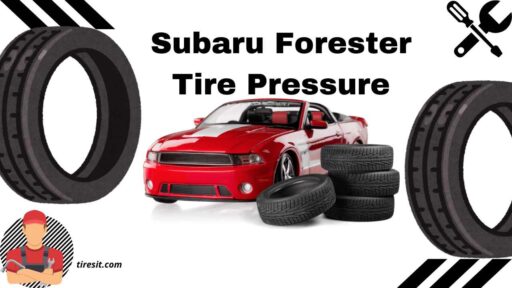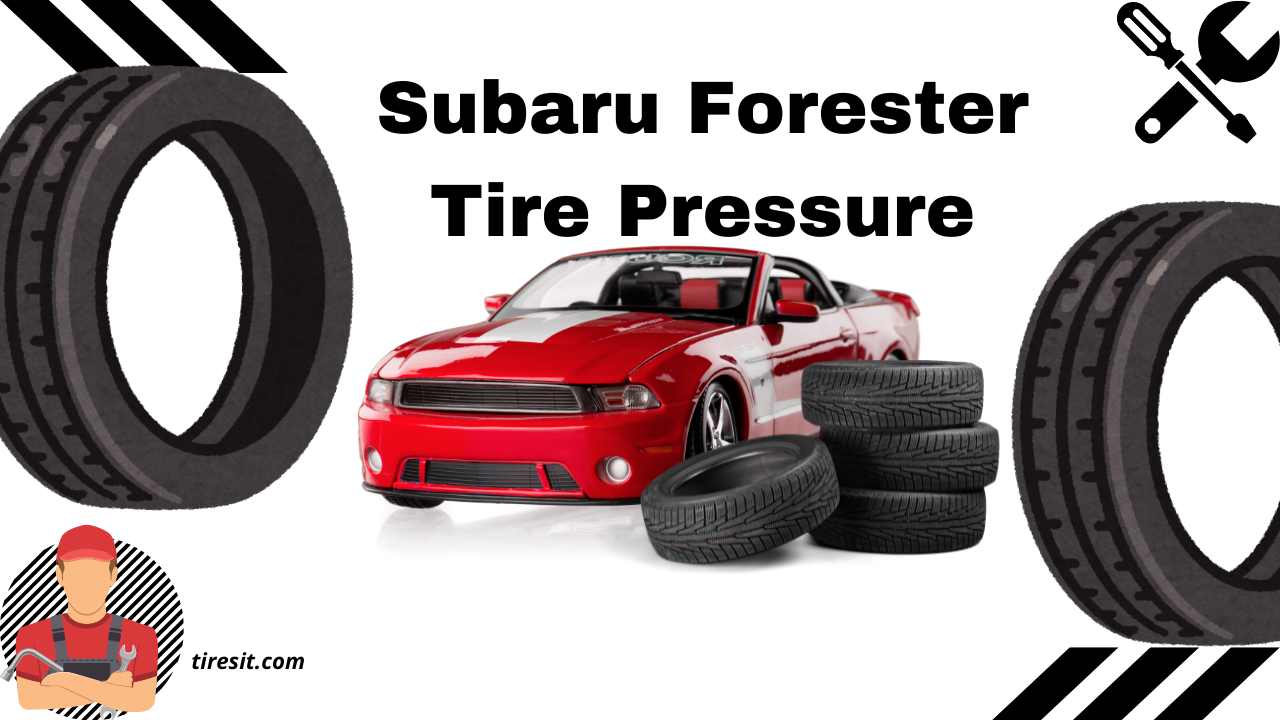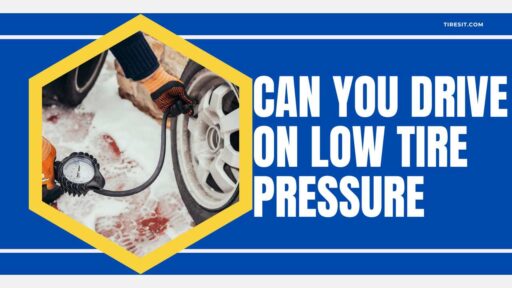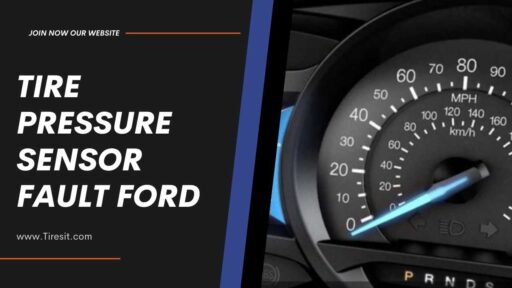Enhance your Subaru Forester’s handling and fuel efficiency by monitoring and adjusting the tire pressure. Our website offers expert advice and resources on Subaru Forester Tire Pressure maintenance.
The owner should understand the importance of keeping the tire pressure at its best level. Proper air pressure in your tires will not only give a smooth and safe ride but also help prolong their lifespan. When you have your tires inflated to the right pressure, you will enjoy better handling, higher fuel economy and fewer chances of getting into an accident.
Tire Pressure Specifications for Subaru Forester Tire Pressure
To learn how to maintain optimal tire pressure effectively, you must first familiarize yourself with tire pressure specifications for Subaru Forester. Most of these specifications can be found in your vehicle’s owner manual or on a sticker located within the driver’s side door jamb. There might be some variations as to what is considered to be the recommended figure for your Subaru Forester depending on the model and tire size.
For example, if your Subaru Forester has 17-inch tires, recommended tire pressures may range from 32 psi (pounds per square inch) to 35 psi. These figures must be adhered to as they ensure proper tire performance and safety when travelling.
Indications of Incorrect Tire Pressure
In order for optimal driving conditions to be maintained, it is important to know when there are incorrect levels of tire pressure. Tires that are over- or under-inflated could lead to several problems that may put road users’ lives in danger. Some signals include:
Low Tire Pressure: In case your tires lack enough air, expect low fuel efficiency, poor handling and cornering ability as well as more risks of damaging them or blowing out entirely. Also such kind of underinflation might lead that makes these tires wear out quickly on their outer edges.
High Tire Pressure: On contrast, riding with overinflated wheels can make you feel every bump while driving harshly; results in reduced grip and therefore higher vulnerability when encountering objects on highways. Over inflated tires tends towards wearing faster at center.
Checking Tire Pressure on Subaru Forester
There are two main methods for checking tire pressure on a Subaru Forester:
Using the Tire Pressure Monitoring System (TPMS) (2019 and Later)
If you own a 2019 or later model year Forester, it is most likely equipped with a TPMS. This monitoring system uses sensors in each wheel that keep track of the tire’s air levels and will alert you if any are too low. Below are the steps to follow when using it;
- Put your car in park mode after starting the engine.
- Observe whether there is any TPMS light appearing on your dashboard, which usually has an exclamation mark within a horseshoe.
If this light is on, then all is not well with your tires’ air pressure. Therefore, you need to check and adjust each one.
On another note, in case such a light does not appear, one can still view individual tire pressures on the instrument cluster display. Doing this involves pressing certain buttons located on the steering wheel that enable scrolling through clarifications of other screens found at the center of dials in models from different years. To find out how exactly to do this for your particular vehicle, review its handbook.
Using a Tire Pressure Gauge (All Foresters)
Even though there is TPMS, it is still good to know the level of pressure they are carrying by regularly using a gauge whenever necessary. You should have;
A reliable tire pressure gauge.
The recommended tire pressures for your Subaru (refer to the sticker inside the driver’s door).
Here’s how to go about it:
- Level the Subaru forested you drove to a spot and ensure that its wheels are cold (not driven for at least three hours).
- Locate the valve stem on each tire; it is a small round tube of rubber in the center of wheel where air goes in.
- Take out the valve cap (be careful not to lose it).
- Press the tip of tire pressure gauge onto the valve stem firmly to make sure there is no leakage. You should here some noise as air gets out momentarily.
- The gauge will show you what pressure your tires have. Compare that to the pressures recommended for Forester.
- In case it is too low, press down briefly on the air pump nozzle (usually at gas stations) placed over the valve stem while checking whether you have filled enough air. Always check your pressure as you add air so that you don’t overinflate.
- Finally, remove the pump nozzle when reaching the desired pressure and check again with the gauge.
- Do steps 3-7 for all tires, including a spare one
- Lastly, the caps are fixed back to their valves firmly.
Remember to always check your tire pressure because this will help maintain correct inflation, which increases safety and performance. Comma, remember also to maintain a proper inflation period at full stop.
Steps For Inflating Or Deflating Tires To The Optimal Pressure
To keep these pressures optimal, you sometimes need to inflate or deflate your tires. Here is how:
Inflate tires: Incase they are under-inflated, then you need to inflate them by using an air compressor or going to a nearby service station. Always refer to the manufacturer’s specifications for your Subaru foresters recommended tire pressures and slowly increase until the desired level. Remember also to test frequently while adding orders so as not to overfill.
Deflate tires: If they are overinflated, then deflate them by either using a tire pressure gauge or any other small object like a key or pen cap’s opposite side put into the central pin depression of stem while listening for escaping sound periodically charting pressure and reaching recommended level.
Tips On How To Maintain Tire Pressure Consistency
At this point, it should be clear on how you can check and adjust the tire pressure of your Subaru Forester. Now let us look at some tips that will ensure constant tire pressure:
Inspect Your tires Regularly: You should conduct a visual examination of your tires to see if they have any damages, like punctures or bulges, thereby indicating that something is wrong with them. Furthermore, the valve stems must not be damaged or allow air to escape.
Check Tire Pressure Monthly: Develop a habit of checking your tires once in every month. This helps you identify any arising changes in pressure early enough for rectification.
Monitor Temperature-Related Fluctuations In Tire Pressure: Extreme temperatures are usually responsible for the variations experienced in tire pressures. Consequently, you need to perform frequent checks on temperature during hot summer days as well as cold winter periods.
Do Not Overload Your Vehicle: Excess weight increases wear and tear of tires resulting into reduced fuel consumption efficiency. Therefore, owners are advised to abide by load capacity limits specified by manufacturers in order to maintain optimal tire pressures.
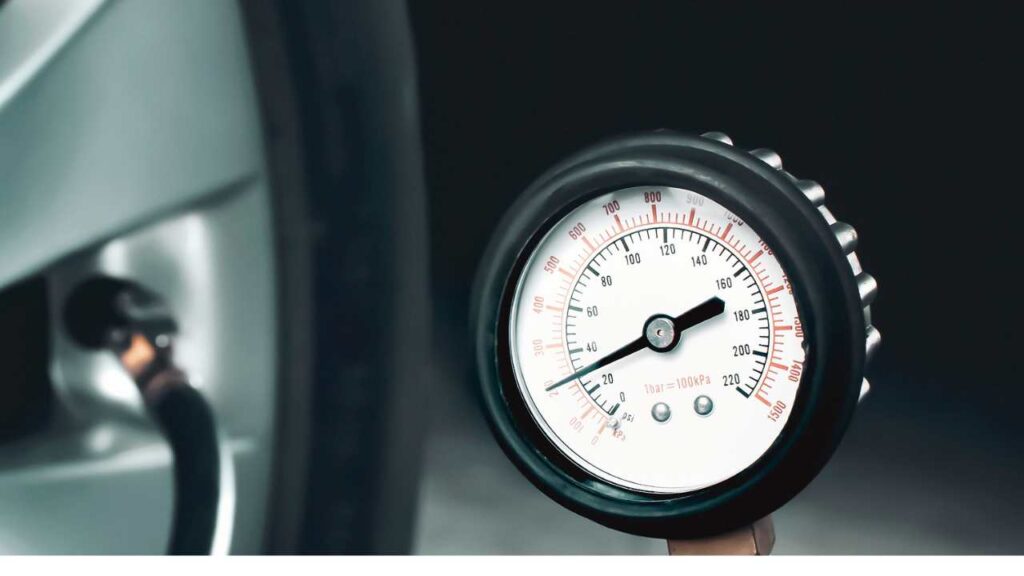
Tire Pressure and Fuel Efficiency plus Safety Considerations
Your Subaru Forrester’s safety plus fuel economy all rely on appropriate tire pressures.
Fuel Economy
Underinflated Tires: Underinflation of tires however means more rolling resistance, which causes the engine to work harder than necessary increasing fuel consumption. It is believed that a five psi drop in tire pressure could lower the vehicle’s mpg by 2-3%.
Overinflated Tires: Overinflation can also affect fuel efficiency, but this is less common. A smaller contact patch on the road minimizes traction, thus slightly reducing driving efficiency.
Proper Inflation: Keeping your Forester’s tires at the recommended pressure as indicated on the placard ensures that the car rolls with minimal frictional forces, hence optimizing fuel efficiency.
Safety
Reduced Handling: Reduced handling and responsiveness are particularly noticeable during cornering or sudden man oeuvres due to increased sidewall flex caused by underinflated tires.
Increased Risk of Blowouts: There is an increased chance of blowouts occurring when tires are under inflated, which may result in an accident since it will lead to a loss of control.
Uneven Wear: This leads to uneven tire wear, especially at the shoulders of treads causing need for early replacement.
Common Misconceptions About Tire Pressure
Here are common misconceptions regarding Subaru Forester tire pressure:
One size fits all: Not every Subaru Forester model has the same tire pressure ratings. Recommended tire pressures for different models usually differ depending on their year, tire sizes and even loadings (passengers and cargo).
Higher pressure is better: Over-inflating your tires can be just as dangerous as under-inflating them. Such over-inflation gives a harsh ride while reducing traction and causing accelerated wear at the center tread.
The placard on the door jamb is outdated: Your specific Subaru Forester gets its most accurate information from a tire placard located on its driver-side B-pillar. These take into consideration factors such as tire size and weight of the vehicle.
Pressure doesn’t change with temperature: As the tire temperature increases, the tire pressure becomes higher. However, when tires are cold (especially in the case of not having been driven for a few hours), you should check tire pressure.
Here are some tips for maintaining proper tire pressure in your Subaru Forester:
- Check your tire pressure regularly, at least once a month and before long trips.
- Consult the door jamb placard for the recommended tire pressure for your specific vehicle and loading conditions.
- Don’t forget the spare tire! It should also be inflated to the proper pressure.
- Invest in a good quality tire pressure gauge and learn how to use it properly.
- Recommended Tire Pressure for Different Driving Conditions
For normal driving conditions, follow these guidelines:
- Normal Driving Conditions: For regular day-to-day driving on paved roads, adhere to the recommended tire pressure specified in your vehicle’s owner’s manual or on the driver’s side door jamb sticker.
- Off-Road Driving: Slightly deflating tires can enhance traction and are suitable when driving off-road. However, there must be no violation of the minimum recommended air pressures stated by manufacturers concerned with those tires.
FAQs
How often should I check my Subaru Forester’s tire pressure?
Once per month is generally advisable as far as checking your car’s tire inflations goes. In addition one ought to do this before undertaking any long journey or just after great changes in weather gets experienced within his/her location.
Can I use the tire pressure monitoring system (TPMS) to check my tire pressure?
But also, it may be necessary to use a tire pressure gauge for accurate readings.
Can I pump my tires up to the maximum pressure stated on the side wall?
No, the maximum pressure stated on the side wall is not the recommended tire pressure for your vehicle. So always go by Subaru’s specified guidelines on how much air should be in your rubber tires.
Conclusion: Subaru Forester Tire Pressure
Knowing how to keep proper tire pressures in order for a soft ride and safe drive in your Subaru Forester Tire Pressure. You can improve your fuel mileage, enjoy that better driving experience, and ensure safe driving if you understand why tire pressure matters. Check it frequently and stick to prescribed values. Do not forget precise tire inflation is a small investment that gives great returns in terms of the high performance and durability of your Subaru Forester. Therefore, manage your tire pressure today unto miles with confidence.

